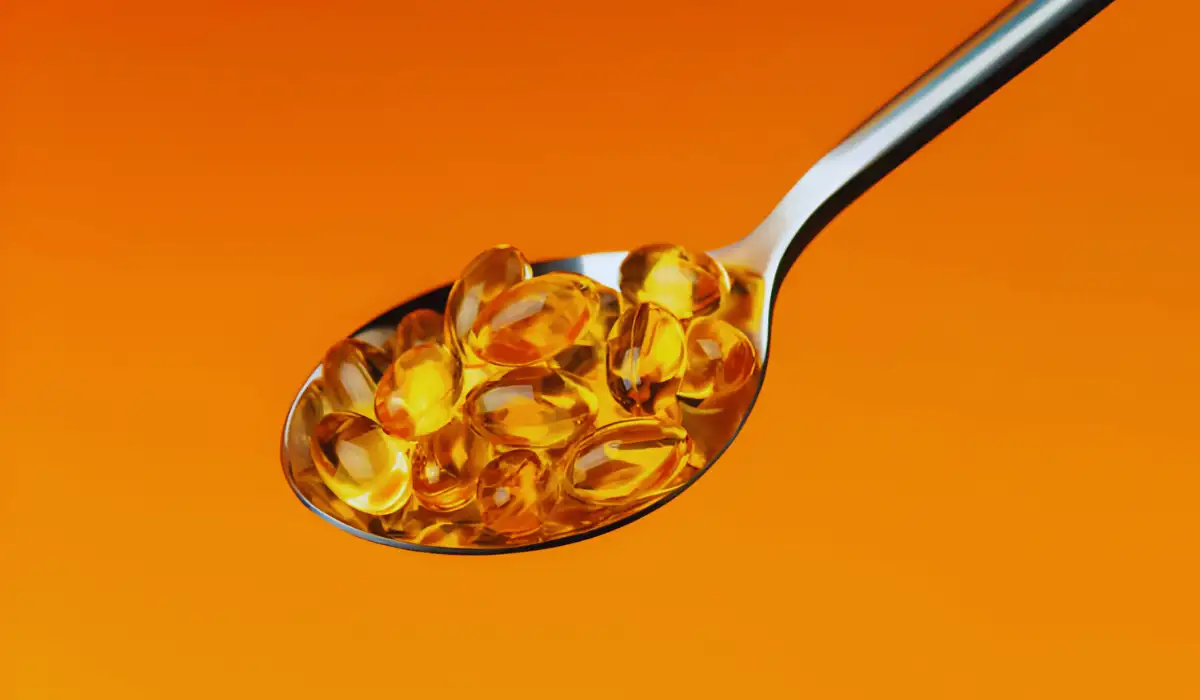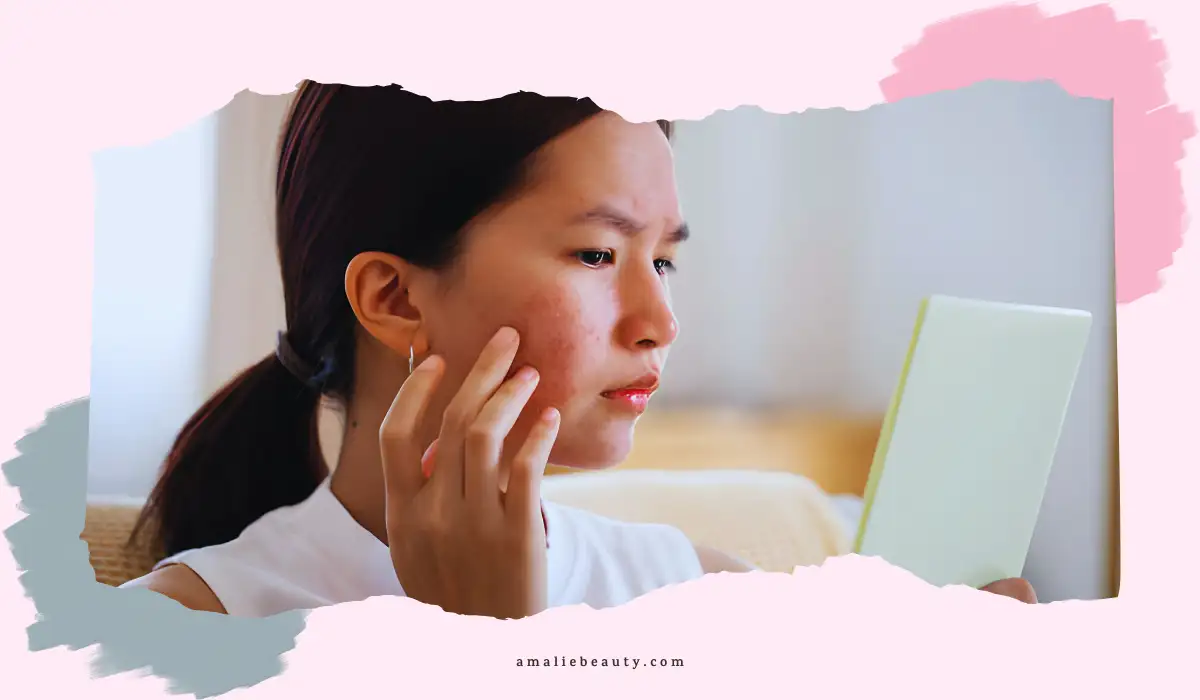Whether from an injury, surgery, burn, or acne, scars can be unsightly and negatively impact self-confidence. As a protective skin response, scarring often cannot be avoided.
However, there are ways to potentially minimize visible scarring during and after the healing process. Among these methods, using Vitamin E is garnering more popularity. But does taking/applying Vitamin E for scars provide the best results?
In this blog, we’ll explore why scars form, whether vitamin E helps reduce scarring, how to use it properly, and when to try other scar reduction options. With some background understanding, you’ll be better equipped to make informed decisions regarding treating scars with vitamin E.
Does Vitamin E Really Work for Scars?

Proponents of Vitamin-E for Scars claim it has properties that not only moisturize the skin but also promote healthy collagen production and skin cell regeneration. This is believed to help minimize raised or discolored scar tissue.
Vitamin E comes in oral supplements and as a topical ointment. Using both simultaneously may provide maximum scar-reducing benefits.
With promising anecdotal stories and vitamin E’s protective antioxidant properties, it’s gained popularity as an over-the-counter scar treatment. But does the science support these hopeful claims about Vitamin E for Scars? Let’s take a balanced look at what research tells us so far.
The Science Behind Vitamin E for Scars
Vitamin E is a fat-soluble nutrient with antioxidant properties that helps fight inflammation and cell damage. By neutralizing unstable free radicals, vitamin E also facilitates collagen production. These qualities seemingly support vitamin E’s efficacy to potentially,
- Minimize scar inflammation.
- Optimize structural regeneration.
- Reduce the appearance of thick, raised scars.
- Prevent abnormal pigmentation.
However, research specifically on Vitamin E for Scars provides mixed results regarding measurable scar improvements. Some studies show favorable outcomes while others find no definitive changes compared to controls. Reasons for conflicting evidence may include:
- Small sample sizes.
- Inconsistent dosing amounts.
- Short treatment durations.
- Subjective scar assessments.
- Varied time lapses post-injury before applying vitamin E.
More rigorously controlled clinical studies are still needed. However, doctors may recommend vitamin E since it has low risk when used appropriately. Those undergoing scar revision surgery may particularly benefit from pre and post-op vitamin E per their surgeon’s advice.
Who Should Not Use Vitamin E for Scars?
While considered safe for most people, certain individuals should exercise caution with Vitamin E for Scars,
- Pregnant/nursing women: Effects on the fetus are not fully known.
- Children under 2 years old: The Pediatrician should recommend appropriate options.
- Diabetic patients: Vitamin E may interfere with blood sugar control.
- Pre-surgery patients: May complicate clotting and healing if used immediately before procedures.
- Unhealed Wounds: Applying vitamin E may cause tissue irritation.
Those with recurring keloid scars should use vitamin E cautiously and only per doctor recommendations since overly aggressive collagen may continue forming.
Vaseline or Vitamin E for Scars?
Petrolatum-based products like Vaseline are commonly recommended to keep new scars moist and protected. Vaseline creates a barrier against irritants during the delicate healing stages. Whether to use Vaseline or Vitamin E for Scars early on is debated.
Some doctors advise waiting until scars fully close before applying vitamin E. Otherwise, it may be absorbed too deeply through unhealed skin and interact with tissue growth factors. This could hinder ideal structural regeneration.
Once scars close, Vaseline and vitamin E can be used together. Apply Vaseline first to hydrate and soften. Gently massage in vitamin E to penetrate surface layers and promote collagen health.
Vitamin E for Surgical Scars
If considering using Vitamin E for Scars from surgery, it’s wise to consult your surgeon first. They’ll provide a comprehensive guide on scar care based on incision size, depth, and location on your body. Small laparoscopic incisions may not affect as much as longer incisions.
For surgical scars, vitamin E application often comes into play during the remodeling phase of healing – starting a few weeks after stitch removal. This is when the initial inflammatory response settles down and collagen regeneration occurs. Vitamin E is believed to optimize this process.
Vitamin E for Treating Children’s Scars
Kids experience plenty of minor cuts and scrapes during childhood play that often result in subtle scarring. Topical use of Vitamin E in children can help minimize lasting marks. It’s gentle enough for regular use.
Consult your pediatrician before applying vitamin E supplements directly from capsules. Measure an appropriate amount of ointment onto clean fingers and gently massage into scarred skin. Supervise young children so they don’t ingest supplements.
For severe injuries requiring stitches or burns, follow your doctor’s post-procedure scar care recommendations. Treating scars early while skin regenerates improves outcomes.
Also Read: Does Tretinoin Help With Acne Scars? How To Use It?
Conclusion
Scar prevention and treatment continue garnering research attention as the medical world advances. From silicone sheets to laser resurfacing, no consensus exists yet on universally superior options. Scar outcomes vary widely depending on size, location, age, genetic health conditions, and other factors.
While not a definitive solution, vitamin E remains relatively low-risk and easy to access. With physician guidance on wound status and timing, Vitamin E supplementation shortly after an injury may support optimal skin regeneration.
During maturation phases, topical vitamin E also plausibly promotes collagen health to help scars appear smoother. Through its antioxidant and anti-inflammatory properties, evidence suggests Vitamin E for Scars may facilitate improvements for some individuals.
Ensure quality products are used as recommended within safety guidelines. Tracking changes over several months provides a better assessment since skin regeneration is gradual.
Hopefully, this overview gave you a balanced perspective on what to reasonably expect from using Vitamin E for Scars. No magic eraser exists to instantly eliminate all scarring.
However, vitamin E may offer an affordable, non-invasive option to potentially minimize permanent marks. Consult your doctor to discuss if trying Vitamin E for Scars aligns with your specific needs and recovery plan.
Now that you know key background details, does vitamin E seem worth a try to improve your scar concerns? What other experience or advice can you share on the topic? Let’s keep the conversation going!
References
- Nguyen TT, et al. (1993). Free radical activity and loss of plasmaantioxidants, vitamin E, and sulfhydryl groups in patients with burns: The 1993Moyer Award.
https://www.ncbi.nlm.nih.gov/pubmed/8300695 - Strauss JS, et al. (2000).Concomitant administration of vitamin E does not change the side effects ofisotretinoin as used in acne vulgaris: A randomized trial [Abstract]. https://doi.org/10.1067/mjd.2000.110391

